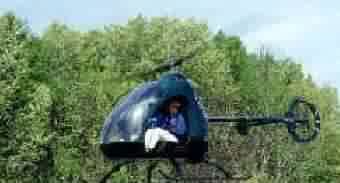By the Author of the Scrapboard : | |
|---|---|
 | Attack, Avoid, Survive: Essential Principles of Self Defence Available in Handy A5 and US Trade Formats. |
 | |
 | Crash Combat Second Edition with additional content. Epub edition Second Edition with additional content. Crash Combat Third Edition Epub edition Third Edition. |
 | |
 | |

 The Navy often uses $40 million dollar anti-submarine helicopters with three crewmen for basic "milk run" missions; like moving personnel and spare parts between ships and shore installations. Using expensive helicopters which cost $2000 an hour to operate is a waste of resources and detracts from training missions. Ships are so dependent on their LAMPS helicopters that a Fleet Admiral reviews a daily report about their status.
The Navy often uses $40 million dollar anti-submarine helicopters with three crewmen for basic "milk run" missions; like moving personnel and spare parts between ships and shore installations. Using expensive helicopters which cost $2000 an hour to operate is a waste of resources and detracts from training missions. Ships are so dependent on their LAMPS helicopters that a Fleet Admiral reviews a daily report about their status. 